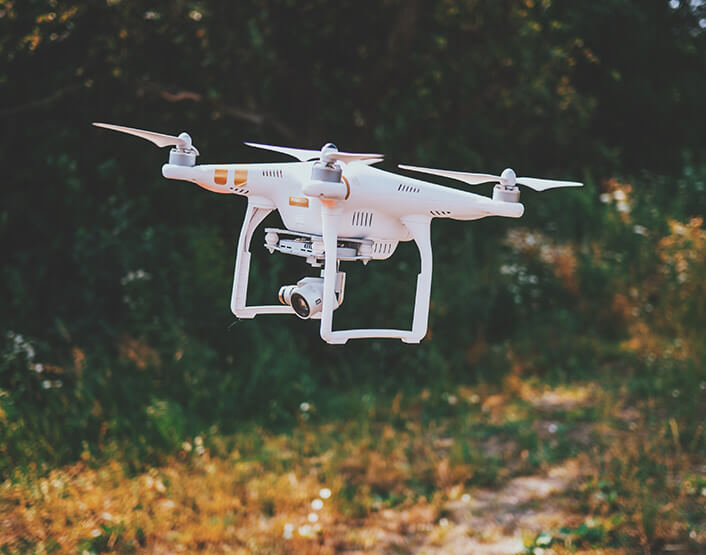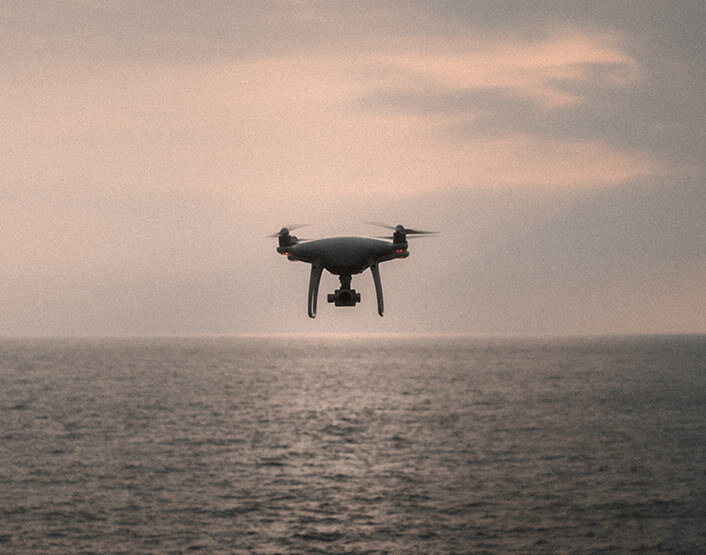Aerial photography has really taken off these past few years. Because of how easy it is to enter the industry, more and more photographers have taken a liking to this new form of photography. You may be among their ranks. So you’ve bought yourself a drone, and you’re ready to go.
However, because of the recent rise in popularity of this type of photography, plenty of countries have begun setting certain regulations and laws in place in order to help avoid any accidents from happening.
Before you get started on aerial photography, especially if you’re planning on using your drone for professional aerial photography, you need to familiarize yourself with your local drone laws. This helps make sure that you protect you, your drone, and anybody that you fly close to. Here is a basic rundown of drone laws that you need to be aware of.
Getting certified
One of the most important things that you have to know as a commercial drone pilot is that you need to get certified by the FAA. This is a requirement for all commercial drone operators.
This is especially needed if you’re going to be flying your drone on public or commercial property. It’s a fairly straightforward certification exam, and studying for it should be a pretty easy way to pass it.
Afterwards, you have to register your drone with the FAA. You are then given a registration number for your drone that will help you locate it if it ever goes missing.
Flying restrictions
Now that you’re a certified drone pilot, you have to know the limitations of your drone flying. You’re not free to take your drone out wherever you want.
Being a certified drone pilot means being responsible enough to adhere to certain regulations when it comes to flying your drone. Make sure that you learn these ahead of time before creating your flight plan.
First and foremost, even if your drone if capable of a higher altitude of flight, your drone is required to stay within 400 feet above ground level of your takeoff point. In addition to a limited altitude, you are only allowed to fly your drone in a speed of 100 mph.
Next, you must fly in open areas, which mean no flying your drone near crowds of people, or anybody who isn’t a part of your flight team. In addition to this, you can’t fly your drone inside a building, or a vehicle. All flight operations and aerial photography must be done outdoors.
Lastly, you need to maintain a visual line of sight when taking your drone out for aerial photography. This guarantees that you can keep an eye on your drone without it crashing into anything or anyone.







0 Comments